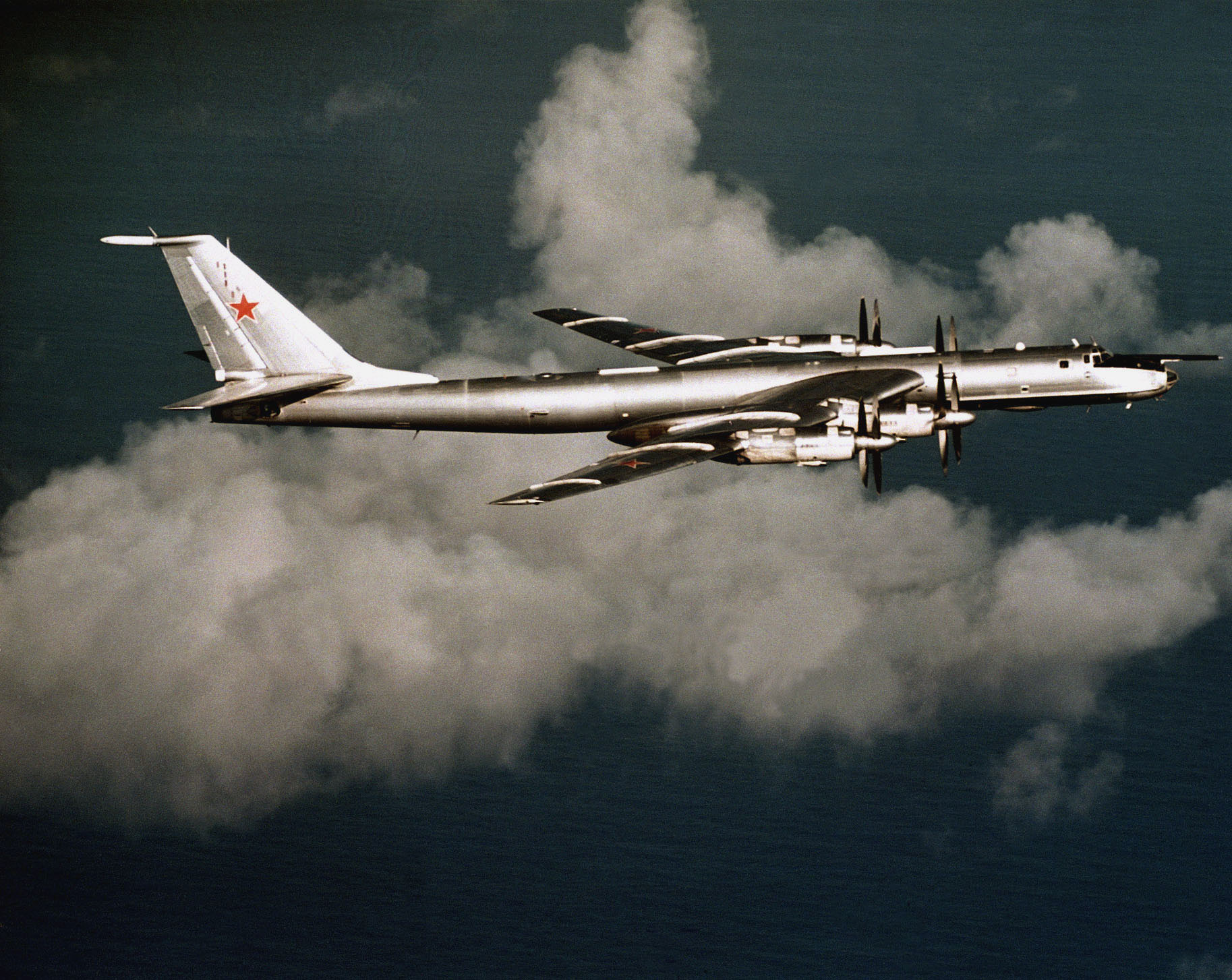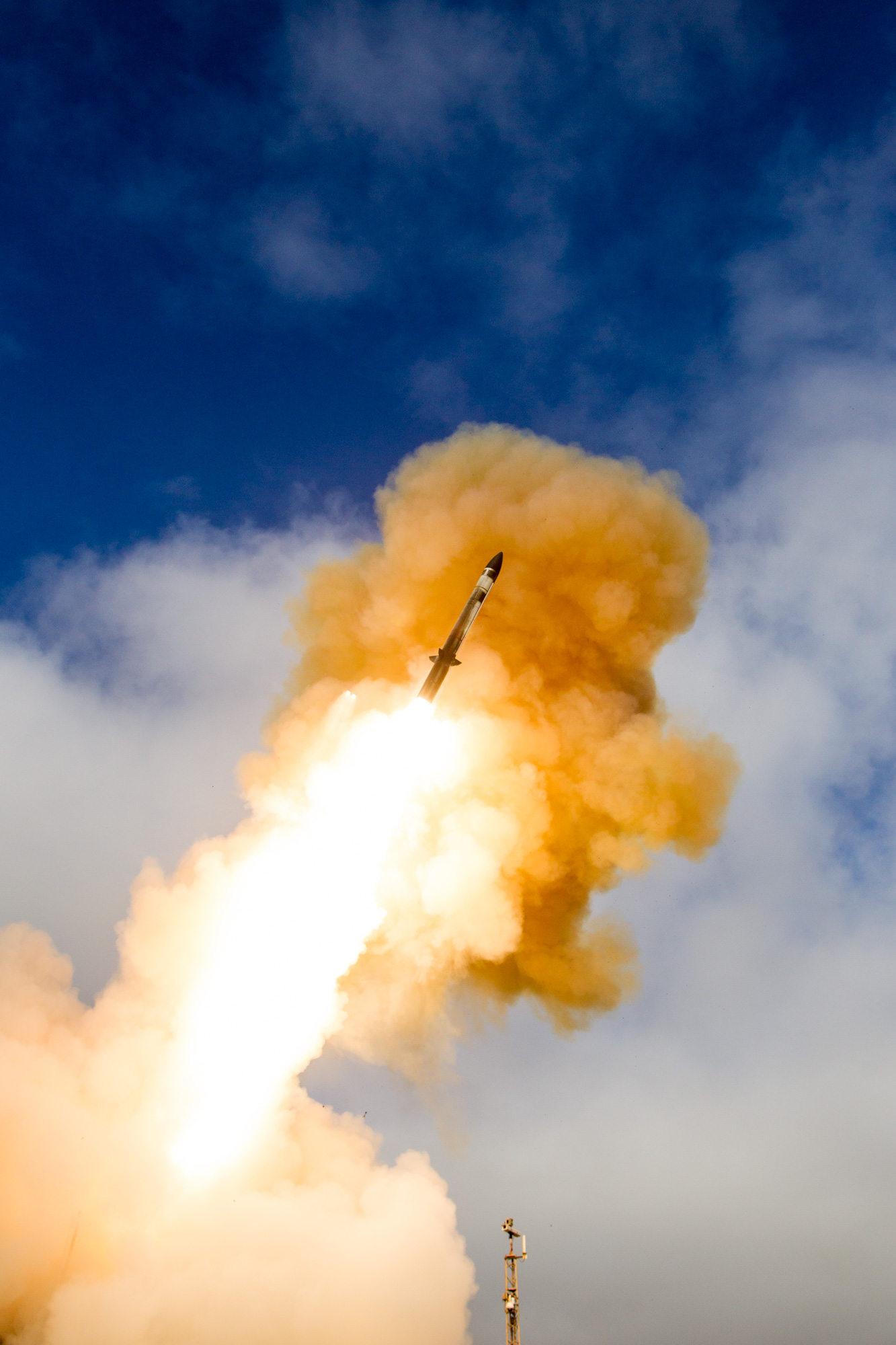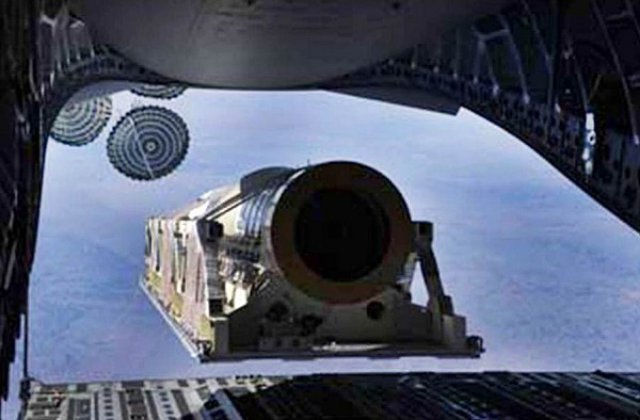If you're looking for an in-depth comment or quality insight you've come to the wrong American. If you'd like the recipe for a batch of wonderful chocolate chip cookies, I've got you covered

:
Ingredient:
- 2 1/4 cups (530 ml) flour
- 1 teaspoon (5 ml) salt
- 1 teaspoon (5 ml) baking soda
- 1 cup (240 ml) butter, softened but not melted (2 standard American sticks / 250 g)
- 3⁄4 cup (180 ml) packed brown sugar (165 g)
- 3⁄4 cup (180 ml) granulated sugar (or 150 g)
- 2 large eggs
- 1 teaspoon (5 ml) vanilla extract
- 1 to 2 cups (240 to 470 ml) chocolate chips (168 to 336 g)
Starter/Beginning:
1.Preheat the oven to 375°F/190°C.
2.In a medium bowl, combine flour, salt, and baking soda. To reduce clumpiness, sift through a sifter or sieve. Gently mix these together, then set the bowl aside.
3.In a large bowl, beat the butter and sugars together, then beat in eggs and vanilla extract, vanilla essence . The coarseness of the sugar granules will help break the butter down, so be sure to do this first. Then add the eggs and vanilla and mix again until completely combined.
4.Gradually a cup at a time add the dry ingredients from the medium bowl to the wet ingredients in the large bowl, then add chocolate chips. Pour a cup of the dry ingredients, stir, and repeat until the dry and wet ingredients are totally combined. Fold the chocolate chips in until fully incorporated. At this point you should have a moderately thick cookie dough.
- Do not over-stir the dough. While the dry ingredients should be added gradually, don’t do so little at a time that your dough turns to brick. Aim for adding the dry ingredients in four or five batches.
5.Drop spoonfuls of cookie dough onto a pre-greased or a lined baking sheet. Leave at least an inch of space between the cookies because they'll spread out when they bake. You can usually fit 12 cookies on a full-sized cookie sheet at a time
6.Bake for about 9 to 11 minutes or until light golden brown. Do not over bake; if you do the cookies will be dark brown and burnt. Remove the pan from the oven and let the cookies rest on the pan for 3-4 minutes.
7.Using a spatula, lift cookies off and place onto wax paper or a cooling rack. Let cool for about 5-7 minutes.
8.Eat when hot and steamy or cooled and slightly crisp. If you like you can pipe a small swirl of icing or whipping cream on top and add some sprinkles to make it look fancy.
Actually I'm just messing with you
@Nilgiri 
.
@Mrc The United States is developing a wide variety of countermeasures and antidotes to lessen the effectives or completely degrade the operational capacity of the DF series of ASBMs.
These include electronic countermeasures, both offensive and defensive to either attack the targeting systems like OTH radars, remote sensing satellites, sea and subsurface sensors and airborne sensors operating as either a communications node or sensor themselves.
Keep in mind none of these types of long-range targeting options are new. Each was seen with the Soviet Union's long-range AShMs where either satellites, submarines or orbiting aircraft like TU-95 would act as either the eyes, relay or targeting platform for the missiles targeting US targets.
In addition to attacking the targeting, updating or tracking platforms, defense electronic support methods would include actions against he DF series missile's own sensors. If it has electronic components, it can be effected.
Offensive support options would be attacking the missiles themselves to damage or degrade launching mechanisms such as remote firing controls or warhead arming sequencers. Attacking command, control and communications capabilities could leave the battery blinded and deaf to OTH radars, satellites or any supporting asset that would be communicating targeting, tracking or updates to the battery. We could also effect the command structure of the military itself to send false intelligence, signals or commands.
Electronic support options are hardly the only methods that could be leveraged. The Standard Missile 3 was purpose built to degrade missiles of the DF series. These would include the shorter and longer ranged weapons as well. Future blocks of the SM-3, this being the SM-3 Block IIA. seen here during a test flight:
Are being built with ICBMs in mind. It has a range greater then existing blocks, in excess of 1500+km and a flight altitude approaching 800+km. This capability against long range missiles is being furthered with a new warhead called the Multi-Object Kill Vehicle.This is an older version of the MOKV. The current version is still classified.
It is being developed to defeat MIRV warheads and decoys.
Moving back to the medium and intermediate ranged DF series, the DF-21 and DF-26, we see the SM-3 demonstrating the capability to defeat these classes of targets such as the E-lralt test vehicle.
LV-2 as well. It's a Poseidon C-3 IRBM itself. It predated the Trident missile and rather then junk the stockpile, it has been converted into a ABM test vehicle.
It's a proven capability of SM-3.
SM-3 also has an ASAT capability, which serves as a hard-kill augment to soft kill options. I'd also like to highlight that despite the recent heralding of quantum communications and cryptography as secure and "hack proof", these forms of communication are vulnerable to hack attacks and this has been demonstrated:
https://defence.pk/threads/breakthr...adband-closer-to-reality.369704/#post-7025476
The "hack" may not be traditional in the sense we tend to think of when discussing computer security, but methods exist to degrade or defeat such types of communications and have been demonstrated as viable and effective. Beyond hacking there are alternative methods that can be used to either guess or replicate the keys used to encrypt messages. And this isn't to even get into COMSEC protocols of plain-text messages, since we humans can't read communications in their quantum state.
In case you weren't aware, I'm PDF's communications go-to member

.
These are but a few of the options the US can leverage against a DF series AShM. Other methods such as stand-off engagements involving new doctrines like Cooperative Engagement Capability or Engage On Remote will also help the US Navy and Air Force engage adversaries at range. Ranges where the USN or USAF would have sufficient time to detect, track and engage countermeasures against hostile systems.
The USN's new E-2D has helped to demonstrate CEC and allow the SM-6 to maximize its range of 500+nm against missile and aircraft targets. Its range against surface ships is lower, but still at stand-off ranges. CEC allows a launching platform to leverage the sensors of allied assets for slewing, cueing, targeting and updates for OTH engagements. All without the launching platform needing to use its own sensors. In many respects its a modernized version of the Soviet relay system,
These are methods other navies could also leverage, but are by no means the sole tricks the USN has or has developed. Both the US and Russia had ASBM programs and are familiar with them and their limitations, physics and capabilities.
For the US this was Pershing II.
The program was cancelled due to arms reduction treaties which pulled the Pershing II out of service.
Russia's program was the NATO designated SS-NX-13. It's also known as the R-27, a version of it anyway - the world's first ASBM - the same missile North Korea is attempting to arm a SSB with.
The DF series are known systems and the USN and peer nations have taken notice. Countermeasures, some old, some new are being developed or refined to meet the threat. These types of weapons aren't new. Their kill-chain is similar to the Soviet Navy relay system used on long-range anti-ship weapons, especially those fired by SSG or SSGNs.
They are familiar and they can be defeated with familiar options. But they are a threat that we take seriously and a lot of resources and minds are being put to defeating them, whether the threat is realized or not, we will ensure we are prepared to meet it.
...
We've also got a bit off topic. If you'd like my input, feel free to ask however.





 ...something India will also do likewise.
...something India will also do likewise.
 :
: .
.







 Last time I made em, I used oatmeal as the base too....turned out great!
Last time I made em, I used oatmeal as the base too....turned out great! .
.